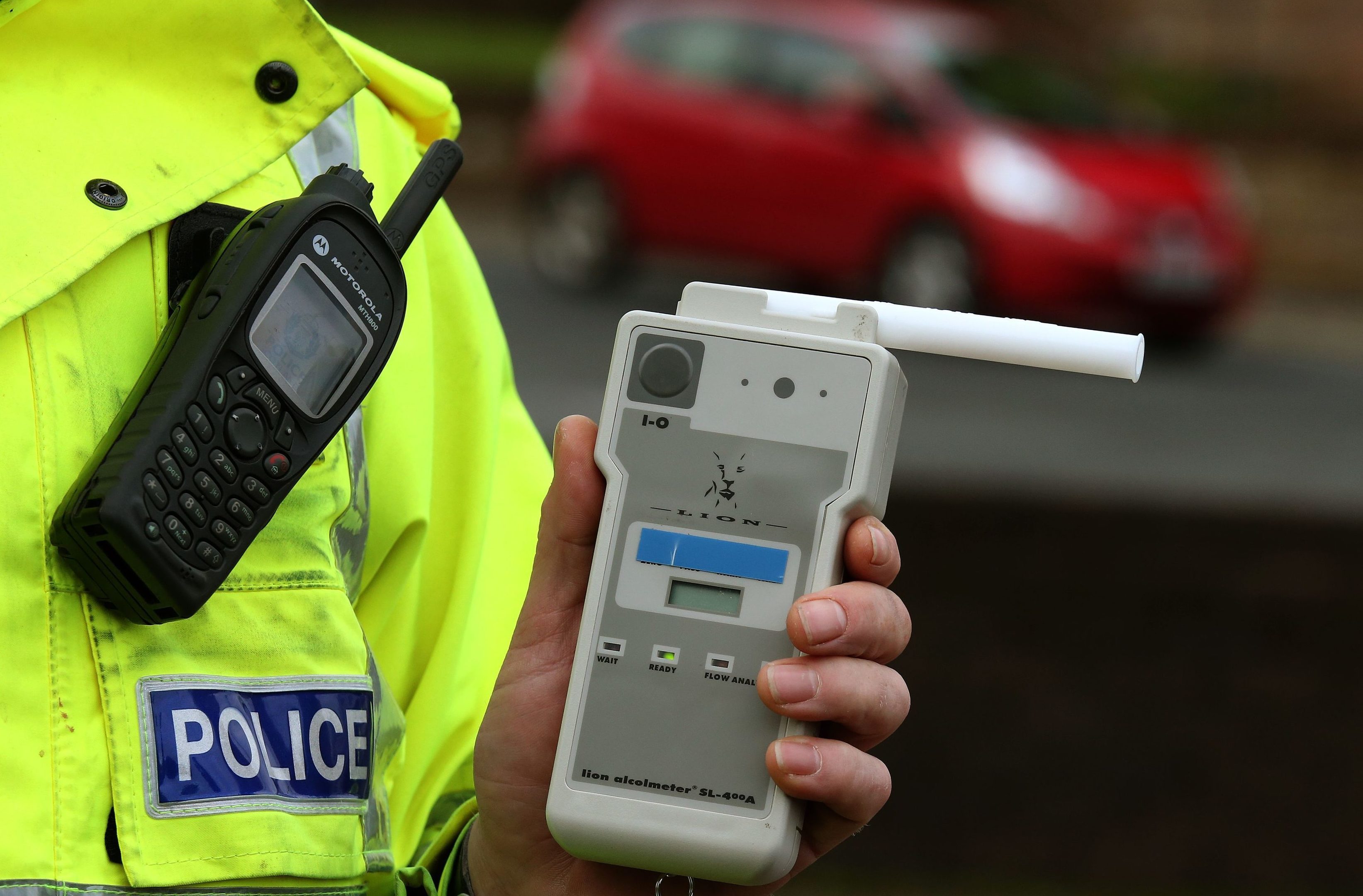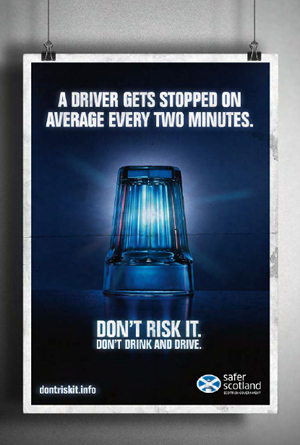
CUTTING the drink-drive limit has failed to reduce the number of accidents on Scotland’s roads, researchers claim.
The limit in Scotland was made lower than the rest of the UK in 2014 with the hope it would cut the number of deaths and serious injuries.
At the time, then Justice Secretary Michael Matheson said the lower limit would save lives. He said: “Alcohol at any level will impair your ability to drive – even at the new limit you are three times more likely to die in a crash than with no alcohol in your system.”
But researchers from Strathclyde Business School, part of the University of Strathclyde, have concluded the move “had no impact on either traffic accident or fatality rates”.
And driving groups last night claimed anecdotal evidence showed a hardcore of offenders well over the limit remained the big problem.
Neil Greig, policy director at safety charity IAM RoadSmart, said: “The law-abiding majority have adapted to the new laws and the law-ignoring minority have carried on as before.
“A lower limit reinforces the message but was never going to save the huge number of lives that some people thought it would – the public generally have an overinflated idea of how many deaths are caused by drink.
“We support a lower limit, but my understanding from Police Scotland figures is that very few drivers have been caught between the old and the new limits and most who are caught are well over the old limits.
“The lower limit has not had the impact we had all hoped on hardened drinkers.
“For us, that requires more effort on ensuring drivers know the risk of being caught is higher – something the latest Scottish Government adverts have targeted but which struggles to get through to the hardcore drink-drivers who know the chances of being caught are slim.
“We need more high-profile policing to deter drink-driving and more resources for intelligence-led policing that targets the worst offenders.”

The 2014 changes in Scotland reduced the legal alcohol limit from 80mg to 50mg in every 100ml of blood.
The limit elsewhere in the UK remained at 80mg, the joint highest in Europe.
Strathclyde researchers looked at monthly fatality and accident rates per 100,000 people for every month from 2009 to 2016 for every part of the UK. The study shows that accident and fatality rates were at very similar levels across Scotland and the rest of the UK prior to the law change north of the Border, and then after the change there was no statistically significant change.
It concludes: “We find little evidence that a reduction of the blood alcohol content limit led to a drop in either road traffic accident or fatality rates.
“While there may be other reasons to pursue a reduction in the blood alcohol content limits, our results suggest further blood alcohol content limit reductions might disappoint policymakers’ expectations with respect to improvements in road safety.”
It added: “This is not to say that previous blood alcohol content limit reductions have been an ineffective means of preventing traffic fatalities. Instead, our results indicate the marginal returns to further blood alcohol content reductions in terms of road safety are small.”
In 2017, 5,791 drivers were detected being over the limit, just down from 5,887 in 2016.
Last Christmas, the number of drivers who the police tested between the old and new limits was just 18 – down from 57 in 2016/17.
The AA said: “We still have a big issue with a hardcore of drivers for whom the limit is inconsequential, whatever it is set at.”
A Scottish Government spokesperson said: “Scotland’s roads are becoming significantly safer. Last year saw the lowest number of deaths and injury road accidents on Scotland’s roads since records began.
“There is clear evidence that any consumption of alcohol increases the risk. The North Report on drink and drug driving, published in 2010, found drivers are six times more likely to die in a road traffic accident with a blood alcohol concentration between 50mg (the new limit) and 80mg (the old limit) than with zero blood alcohol.
“We estimate that reducing the drink drive limit in Scotland will save between 3 and 17 lives each year.”

Enjoy the convenience of having The Sunday Post delivered as a digital ePaper straight to your smartphone, tablet or computer.
Subscribe for only £5.49 a month and enjoy all the benefits of the printed paper as a digital replica.
Subscribe